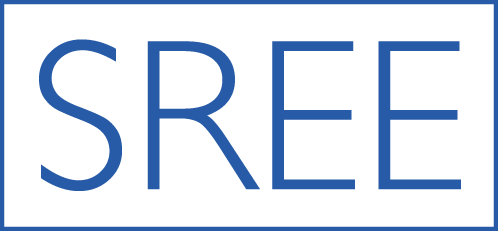Improving the general language skills of second-language learners in kindergarten: a randomized controlled trial
Kristin Rogde, Monica Melby-Lervåg, & Arne Lervåg
There are increasing numbers of children whose first language differs from the predominant language of instruction in their school. Entering school where the language of instruction is a student’s second language is associated with undesirable social, educational, and economic outcomes. This study investigates the efficacy of an intervention aimed at improving second-language skills of kindergarteners.
How did we test the intervention?
In Norway, 115 second-language learners (mean age = 5.5 years) were randomly assigned to an 18-week intervention conducted during the last semester of kindergarten or to a business-as-usual control group. The participating children had different mother tongues and varied in how much exposure they had to the Norwegian language.
What was the second-language intervention?
The activities in the program were piloted in advance of the project to ensure feasibility of the program. The final program involved 54 prescribed sessions delivered by kindergarten teachers. Each week the intervention included two small group sessions and one individual session. The program was based on dialogic storybook reading, a method that emphasize discussion and interaction between the adult and child during reading. Activities also included classification of words and concepts, exercises related to grammatical knowledge, listening to stories, and working with story structuring and sequencing.
The control group followed the applicable municipalities’ regular practice. It was underscored to the kindergarten teachers that the control children should follow a business as usual regime. In general, Norwegian kindergarten focuses on free play among children, whereby learning is incidental (compulsory primary school starts the year children turn 6). There is no tradition of direct instruction in Norwegian kindergarten, and the focus on informal learning is probably more emphasized in Norwegian preschool classrooms compared with in US preschool classrooms.
Kindergarten language instruction improves second-language learners’ language skills
Children’s language skills were assessed pre-intervention, post-intervention, and at a seven-month follow-up. In addition to a researcher-designed measure of target vocabulary, children were assessed on standardized measures of receptive and expressive vocabulary, receptive and expressive grammar, and narrative language skills.
The results showed a substantial effect on the words that had been directly taught to the children, an effect that remained large at the end of the seven-month follow-up. The intervention also produced an immediate effect on expressive language skills, which remained present at the seven-month follow-up (although diminished). No effect was found on receptive language skills.
In summary, the language instruction program improved expressive language skills beyond the specific components taught in the instruction (target words). This study demonstrates that linguistic comprehension instruction can be implemented successfully in kindergarten setting to enhance second language learner’s expressive language skills before they start school. This is encouraging considering the relatively high stability present among children in the development of language skills.
Full Article Citation:
Rogde, K., Melby-Lervåg, M., & Lervåg, A. (2016). Improving the general language skills of second-language learners in kindergarten: a randomized controlled trial. Journal of Research on Educational Effectiveness, 9(Sup1), 150-170. DOI: 10.1080/19345747.2016.1171935
